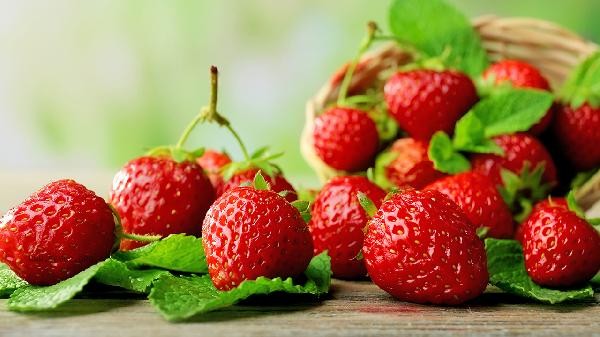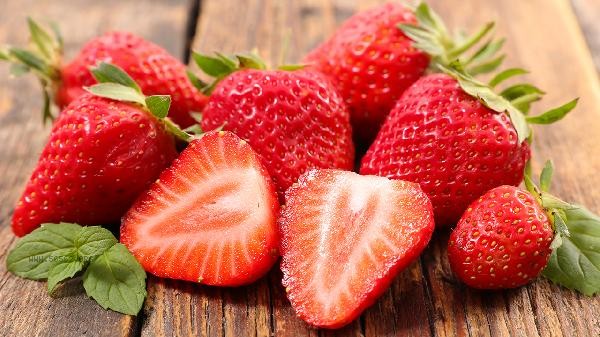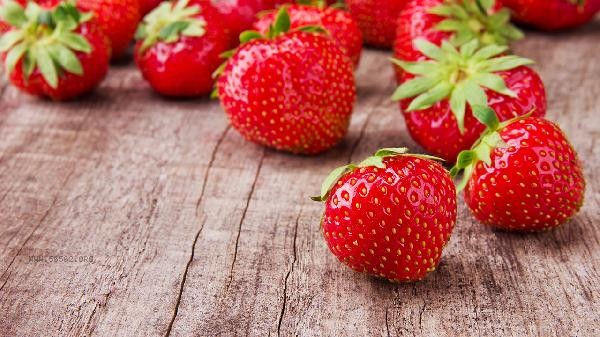Strawberries usually continue to bear fruit after one crop, but their yield and quality may gradually decrease. Strawberries are perennial herbaceous plants that, under suitable environment and management, can sustainably produce multiple fruits. After the first fruiting, strawberry plants can promote new flower bud differentiation and fruit development if they maintain sufficient light, suitable temperature and humidity, and regularly supplement nutrients. Timely removal of old leaves, diseased leaves, and residual fruits can reduce nutrient consumption and help restore plant vitality. Reasonable application of organic fertilizer or strawberry specific fertilizer, supplemented with nitrogen, phosphorus, potassium and trace elements, can prolong the fruiting period. Pay attention to shading and cooling during high temperatures in summer, and take insulation measures in areas with low temperatures in winter to avoid interruption of plant dormancy. Some strawberry varieties may experience problems such as plant aging, accumulation of pests and diseases, or decreased soil fertility after continuous fruiting, resulting in smaller fruits and poorer taste in the future. Repeating obstacles may also cause soil borne diseases such as root rot and gray mold. At this point, it is recommended to rotate other crops or update plants, and choose varieties with strong disease resistance for replanting. Potted strawberries can be replaced with new soil, while ground grown strawberries require soil disinfection and improvement.

When planting strawberries, it is important to regularly loosen the soil, maintain soil permeability, and avoid waterlogging that can cause root rot. Increase the proportion of potassium fertilizer appropriately during the fruiting period to enhance the sweetness of the fruit. Clean up diseased and residual bodies in a timely manner after harvesting to reduce the growth of pathogenic bacteria. If the plant is significantly weakened or has serious pests and diseases, it is recommended to remove it and re cultivate it to ensure the yield and quality of the next season. Home planting can try planting different varieties of strawberries in batches to achieve continuous harvesting.










Comments (0)
Leave a Comment
No comments yet
Be the first to share your thoughts!